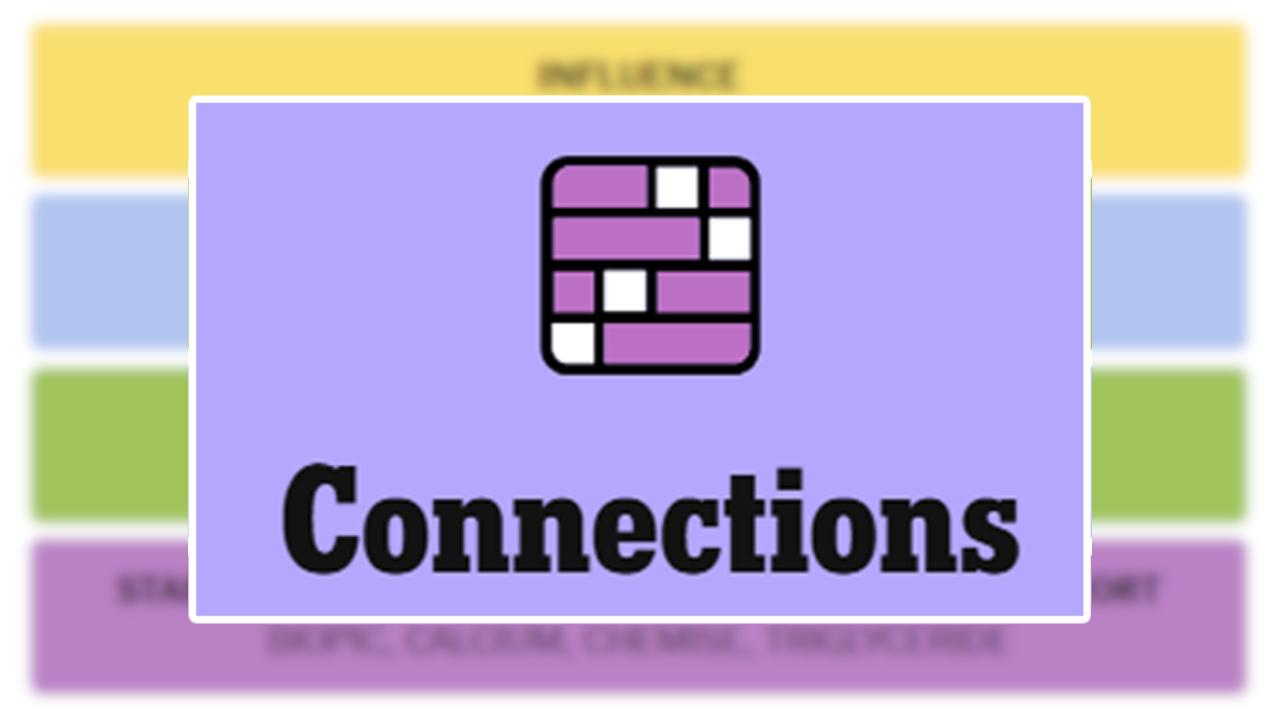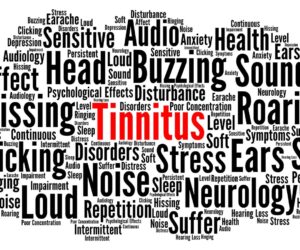Flexibility was supposed to help—so why did the workday become infinite?
We used to know when the workday started. And when it ended.
Now? Not so much.
According to Microsoft’s latest Work Trend Index Special Report: Breaking Down the Infinite Workday, 40% of employees are already online by 6 a.m. A third are still answering emails at 10 p.m. And one in five is working on weekends.
This isn’t a policy. It’s not a leadership choice. It’s not even necessarily intentional.
It’s just what’s happening.
We unhooked work from the office. In the process, we unhooked it from time.
The data shows we’ve gained something valuable—flexibility over where and when we work. But without clear norms or personal guardrails, that freedom has stretched across the entire day. Instead of working in ways that fit our lives, too many of us are working all the time—and often on the wrong things.
Alexia Cambon, Head of Research for Copilot and the Future of Work at Microsoft, captured this moment perfectly when she joined me on The Future of Less Work podcast:
“The blurring of those boundaries is leading to an infinite workday in which we just don’t have the signals anymore to stop working. And maybe we need to start reinserting some of those boundaries for ourselves into the workday.”
We now live in an infinite workday. Not because we lack flexibility, but because we haven’t yet learned how to use it in ways that truly serve us.
The Rising Tempo
What makes this even harder is that work isn’t just longer—it’s faster.
Email starts the day, but by 8 a.m., real-time chat takes over and the tempo accelerates. Microsoft found that the average worker now receives 117 emails and 153 Teams chats every day. Mass messages are up. One-on-one threads are down.
Flexibility has opened the door for asynchronous work. But without clarity on expectations, it’s also created a culture of immediate response. Everyone works on their own schedule, yet somehow, everyone expects everyone else to be instantly available.
We’re not just working longer hours—we’re working in a constant state of interruption.
The Distraction Spiral
Somewhere along the way, we forgot how to protect our attention.
Because if flexibility really worked the way we imagined, we’d be using our best hours for our best thinking. But the data tells a different story. At 11 a.m., during what should be peak mental clarity, meetings, messages, and app-switching all spike. Workers are interrupted every two minutes.
We’ve unintentionally allowed our most productive hours to be consumed by reactive coordination. Focus hasn’t disappeared—it’s just been displaced by a culture of urgency.
And nowhere is that urgency more visible than in how we meet. Meetings were already a pain point in many organizations even before Covid. Back then, calendar and conference room capacity governed meeting planning. Now that digital tools have removed those limits, we simply add everyone—and move even faster.
Microsoft found that more than half of meetings are unplanned, 10% are scheduled last-minute, and large meetings with 65+ people are rising fastest. We often talk about meetings as a coordination problem—but what’s really breaking us is the last-minute culture that surrounds them. As Cambon put it during our conversation:
“We don’t have enough focus time, we don’t have time to really gather our thoughts and prepare. Everything feels like a scramble in a hurry.”
The result? We spend our most valuable hours in meetings we didn’t plan, reacting to decisions we didn’t make, with barely any time to think.
We see the result in the third work peak of the triple peak day, which is no longer a pandemic-era glitch. Evening meetings are up 16%, and a third of workers return to email after 10 p.m. Document activity (Word, Excel, PowerPoint) spikes on weekends—when the noise dies down and people finally find time to think.
Flexibility, once a promise of balance, now too often means always being available. And when everyone works on their own rhythm—but still expects immediate response—the result is a system with no real off switch. Without rest. Without recovery.
Will AI Save Us—or Speed Us Up?
This is the moment when many turn to AI with hope.
And yes, it can help. AI can handle the clutter: drafting emails, summarizing notes, scheduling meetings. But if we treat that freed-up time as space to do even more, we’re not fixing the problem—we’re accelerating it.
The point of AI isn’t just productivity. It’s possibility: the chance to work more intentionally, to let AI do the right work to allow us to reclaim time for deep focus—or for stepping away entirely.
But that only works if we’re willing to reimagine the cadence of the day. To let go of always-on. To be more deliberate about when we engage, and just as deliberate about when we don’t.
The good news? The flexibility is already there. The tools are in place.
What’s missing is a rhythm that makes the most of both—one that allows for focus, restoration, and meaningful contribution. And that rhythm doesn’t come from a policy. It starts with us: with the choices we make about when to engage, what to prioritize, and how to create space for what matters most.
We may not control everything, but we can learn to notice what we need—and set the boundaries and signals that guard it. That might mean protecting deep work hours. Letting AI handle the noise instead of adding more to it. Redefining productivity as energy well spent, not just hours filled.
And when we do this together—through team agreements, shared expectations, and mutual respect for time—we turn flexibility from pressure into possibility. The shift requires more than individual change—it calls for shared norms. As Cambon emphasized:
“We need to be as inclusive as possible of as many work styles as possible… to trust people to establish working patterns, and then trust them to make those patterns work with everyone else’s.”
The future of work will be shaped by technology. But to truly work for people, it will need to be defined by people.









